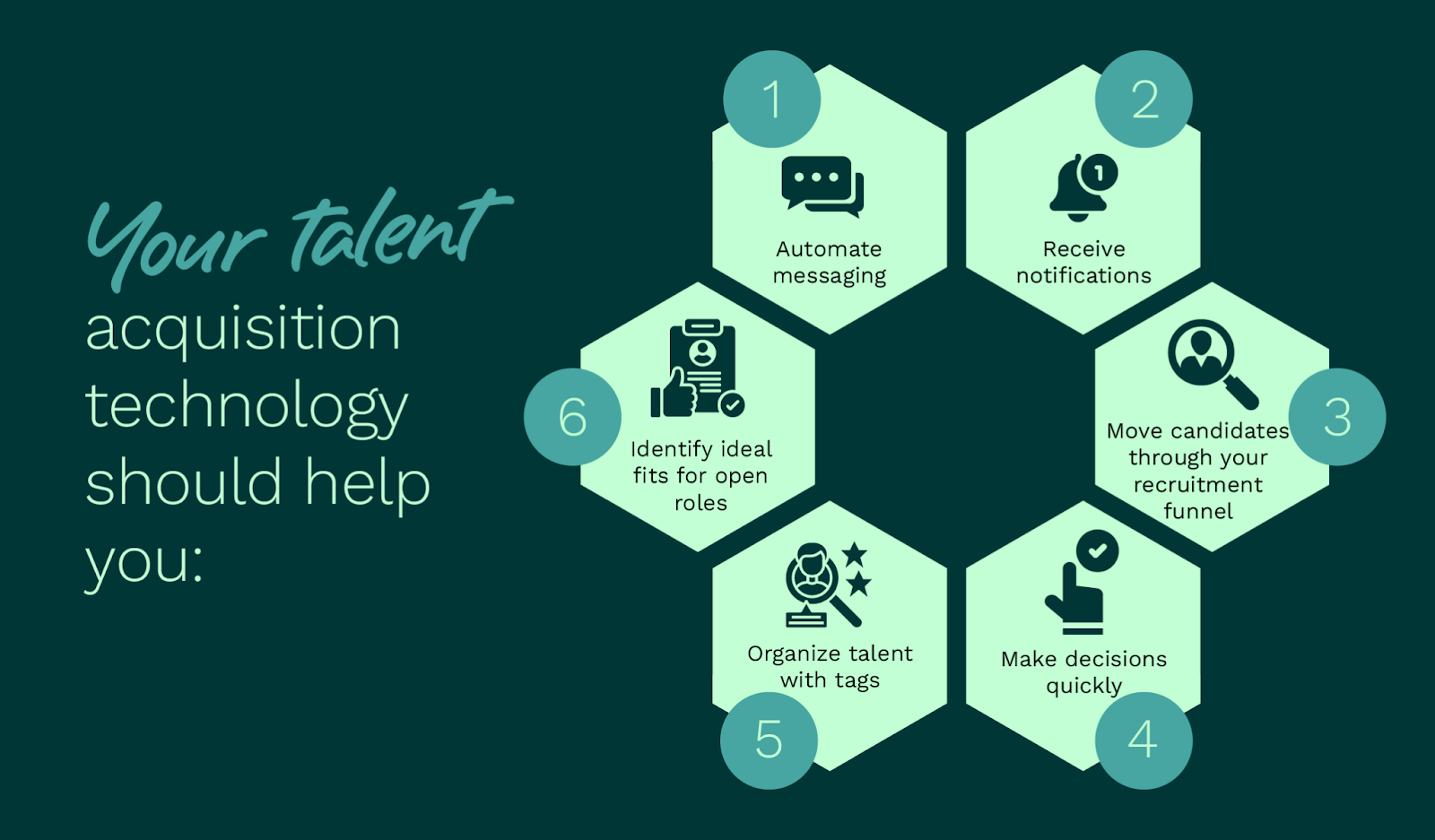Navigating Remote Recruitment for Fundraising Roles: 4 Tips
Your nonprofit organization might be used to recruiting and training volunteers, but finding the right paid team member requires a different approach. Rather than accepting all individuals who are simply passionate about your cause, your team will need to take a critical look at each candidate to find someone with the skills and mindset to advance your mission. However, it may be difficult to find someone who meets that criteria the old-fashioned way.
With digital recruitment strategies, you can bridge the gap between your nonprofit and top candidates to recruit the ideal addition to your team. Plus, it’s easy to launch your remote talent acquisition strategy by keeping this guide’s fundamental tips in mind. Let’s dive in!
1. Leverage Digital Recruitment Tools
If you’re starting your digital recruitment strategy from scratch, you’ll need to build a recruitment toolkit. Your recruitment tools determine how you initially reach out to candidates, interact with them, and make informed hiring decisions. Whether you’re creating job descriptions or scheduling interviews, your tech stack will make or break your success.
With so much at stake, it’s crucial to select the right solutions. Lever’s guide to talent acquisition software suggests choosing a solution that allows you to:

- Automate messaging so your communication with candidates remains airtight
- Receive notifications, which allows you to promptly respond to messages from candidates and team members
- Move candidates through the recruitment funnel to maintain a consistent hiring experience
- Make decisions quickly so you can train and onboard new hires more efficiently
- Organize talent with tags, allowing you to create talent pools based on different characteristics
- Identify ideal fits for open roles to improve candidate retention and employee success
Since you’ll be conducting your recruitment efforts remotely, it helps to use software that integrates with your current tech stack, such as your video-conferencing and meeting-scheduling platforms. Integrations simplify data transfers, ensuring nothing slips through the cracks. To find out if your recruiting software integrates with your other tools, go to the vendor’s website and browse through their integrations page.
2. Analyze Candidates Holistically
It can be tempting to focus purely on hard facts and qualifications when selecting a new team member, but it’s better to take a holistic approach. This means considering both the candidate’s soft skills and values alignment with your workplace culture.
Measuring how well-rounded your candidates are from behind a screen can be a challenge. Ask a mix of questions that gauge hard and soft skills, such as:
- Do you know how to analyze important data points?
- Do you prefer to work with a team or individually?
- How would you communicate with a major donor who is dissatisfied with a program’s progress?
- Do you have experience with other forms of fundraising, like peer-to-peer or matching gifts?
- When you realize you’ve made a mistake at work, what are your immediate next steps?
The interview process is meant to gauge a candidate’s personality, professionalism, and aptitude. Create a list of questions that will help your organization visualize how the candidate will operate in your nonprofit’s specific workplace. Also, encourage the candidate to ask their own questions—this can provide actionable insights into their character as well.
3. Include Team Members in the Hiring Process
Remember, your candidates aren’t the only ones who need to make a great first impression—your nonprofit is also competing with other organizations for the top candidates. However, remote recruitment can feel less personal and can make it difficult for candidates to get a feel for your workplace culture.
That’s why it’s beneficial to get your team members involved in the hiring process. They can help your candidates better picture themselves at your organization, improving the overall hiring experience.
Here are some team members who should be integrated into the recruitment process and why you should include them:
- Their future co-workers. Meeting prospective co-workers gives candidates the chance to know exactly who they’re working with and how they’ll fit into their future team. Consider setting up one-on-one meetings where candidates are encouraged to ask frank questions about their potential day-to-day responsibilities.
- People from other teams. If a candidate receives a job offer, they may work with more than just their immediate team. Provide the candidate with a comprehensive understanding of your organization’s moving parts by connecting them with people on different teams via email.
- Upper leadership. Including leadership in virtual interviews shows candidates that you’re invested in the nonprofit’s future and allows them to get to know how your organization operates.
Once you’ve narrowed down the employees who will participate in the recruitment process, train them to talk to candidates and handle unexpected technical issues, such as a lost Wi-Fi connection, so everyone has a fulfilling experience. Also, 360MatchPro suggests showing appreciation for the remote employees who participate so they help out in future recruiting cycles.
4. Incorporate a Variety of Activities
Without meeting in person, it can be difficult to get a strong sense of your candidates’ hard skills, soft skills, and values. To ensure you’re hiring candidates who are the right fit, consider deviating from the standard interview process by including other assessment-related components. For instance, you might ask candidates to participate in a few additional activities like:
- Problem-solving assessments (i.e., aptitude tests)
- Virtual interviews (both live and asynchronous)
- Group interview with other candidates
- Skills-based activities (i.e., spontaneously making a fundraising pitch)
- Roleplaying scenarios
- Casual chats with other members of your team
As you plan which activities you’ll offer, check out new technologies that can add depth to the process. For example, software like Kahoot is a fun way to gamify a group interview or a Q&A session.
Remote recruitment is here to stay, so your nonprofit needs to evolve its hiring strategies as soon as possible. By following these tips and tracking recruitment data, you can cultivate a recruitment process that helps relationships grow instead of hampering them.
